Nomad Willy
Guru
What on earth is an "electronic" transmission?
Shifts via electric solenoids? That's not electronic ... it's electrical.
In these computer days people like to call anything using electricity "electronic".
I had a 1970 OMC OB that shifted via electrical solenoid. No electronics ... just electrical.
Worked great by the way .. I loved it.
Shifts via electric solenoids? That's not electronic ... it's electrical.
In these computer days people like to call anything using electricity "electronic".
I had a 1970 OMC OB that shifted via electrical solenoid. No electronics ... just electrical.
Worked great by the way .. I loved it.


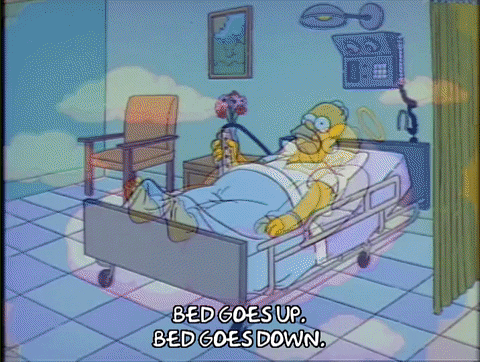


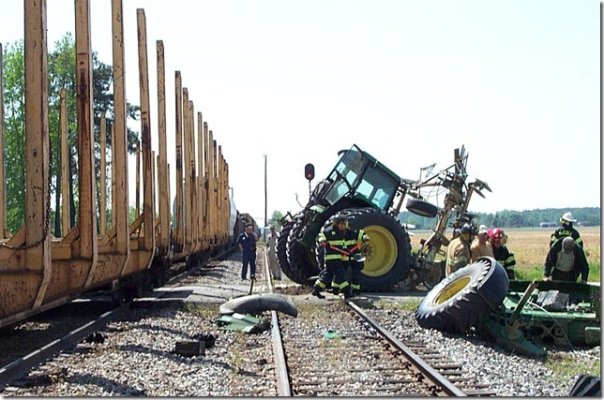
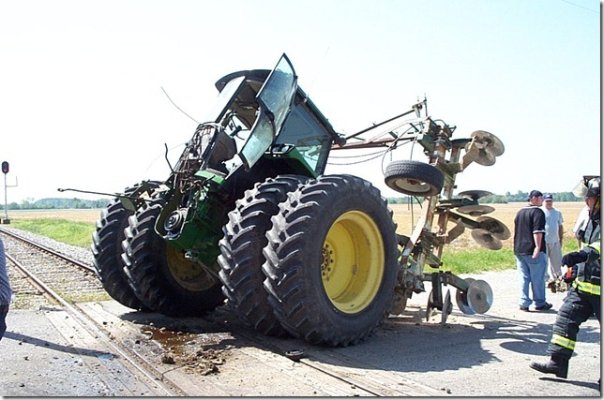
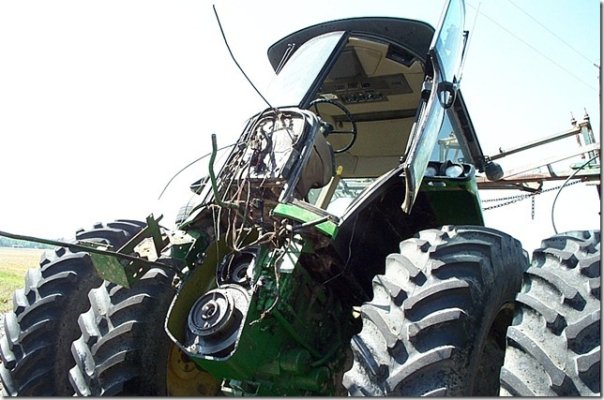
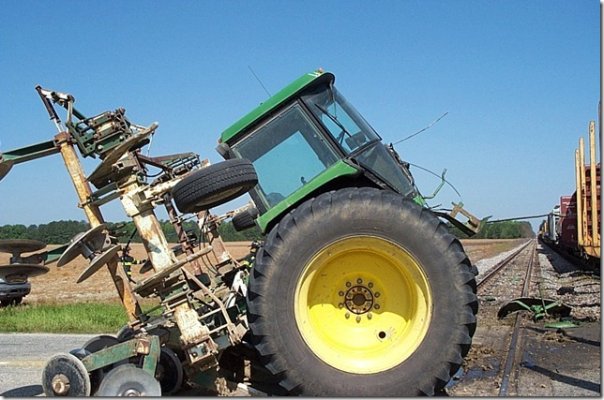
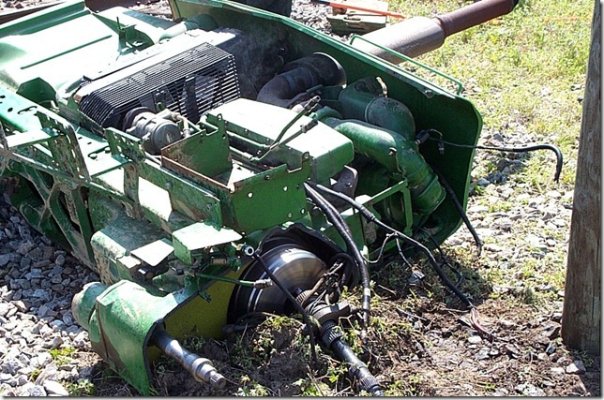
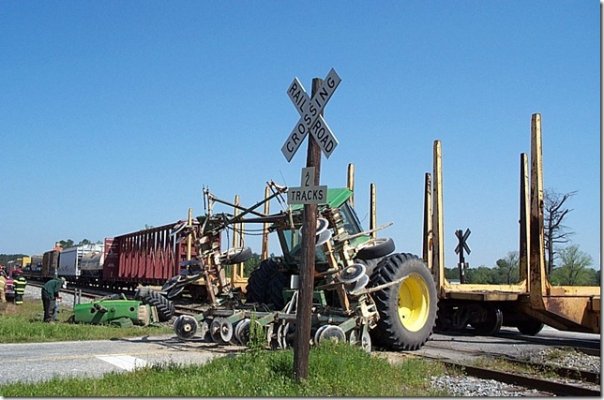
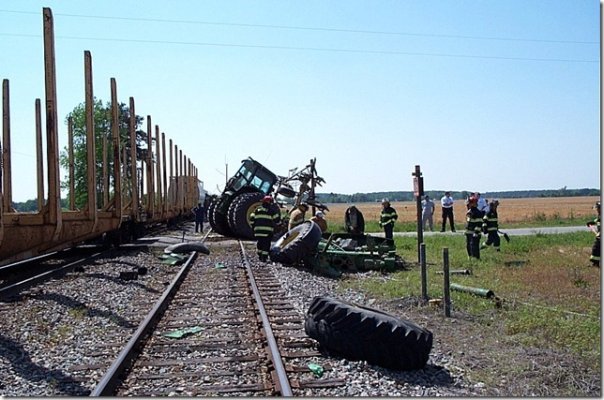
 , For what reason I have never challenged, the PO instructed the same process.
, For what reason I have never challenged, the PO instructed the same process.

